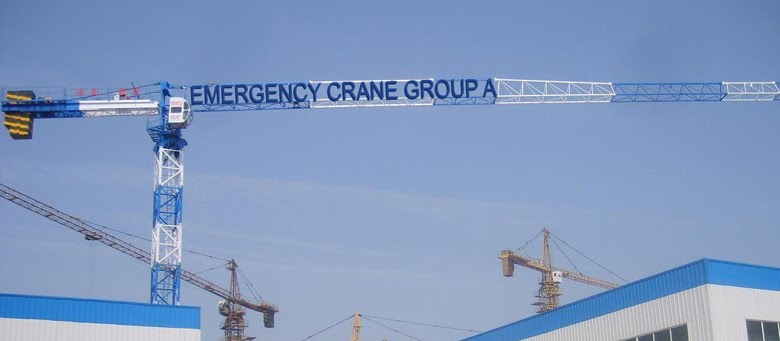- Weight - Each component would need to be light enough for a person to carry.
- Ease of use - The whole assembly would need to be assembled and dissassembled without specialist knowledge. The assembly uses a simple idea with very few components.
- Adaptability - The crane would need to adapt to the environment it is in. If the ground is uneven, a series of holes in the beams allow for making the legs longer/shorter.
- Robustness - Each component was designed with the forces that will be acting on it in mind. The materials we have used are robust enough to hold the load.
- Cost - The cost of each component was taken into account as there is very little point in having a disaster relief crane that costs a fortune to produce. Wood is very heavy but is very cheap too, this is why we picked this material over metals.
- Size - Each component was designed to fit in or on a Land Rover. The metal components would easily fit in the back of the vehicle and the beams would be able to go on the roof rack without obstructing the drivers view or causing any hazards
- Repair - We used wood for the beams because they are easily replaced with a material that may be in the disaster area without the need for specialist tools. The beams would be under the most stress so therefore we made these replacable. If a joint was to break then a replacement would be needed and for this reason we have chosen to use steel to decrease the chance of damage.
Wednesday, 21 April 2010
Design of components
When designing each component we took into account each of the following:
Subscribe to:
Post Comments (Atom)

No comments:
Post a Comment